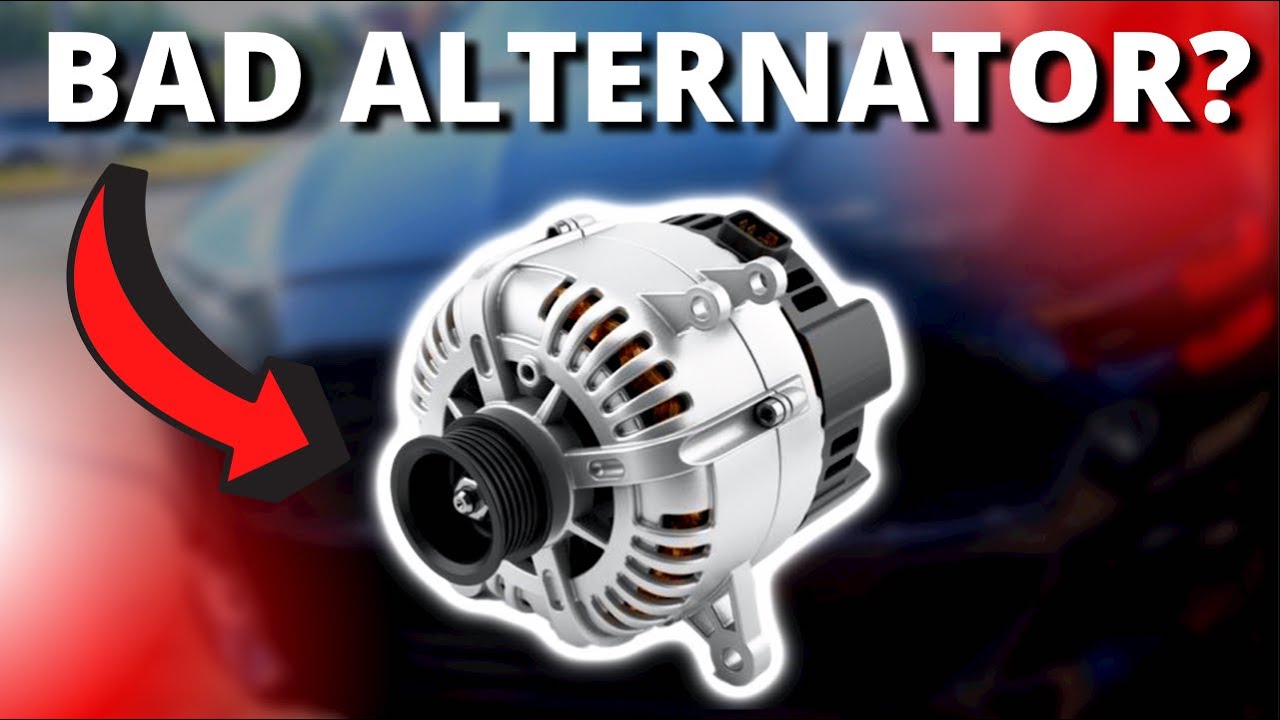A crankshaft and a crankshaft position sensor are essential components of any engine. If the engine is to produce the power necessary to propel a vehicle from one location to another, this part must be present.
Engine management relies on the crankshaft position sensor. Within the engine compartment of a vehicle, it collaborates with other parts, such as the Powertrain Control Module (PCM), to produce power for the engine.
Warning Signs of a Defective Crankshaft Position Sensor

A stall, misfire, or backfire, and eventually the inability to start the vehicle are all symptoms of a problem with the powertrain control module’s interface with the crankshaft sensor. Meanwhile, here are a few signs that the crankshaft sensor is malfunctioning:
01. Verify the Engine Light Indicator
A number of problems, not limited to those involving the crankshaft sensor, might cause the Check Engine light to come on. Nonetheless, it’s a telltale sign of a crank sensor that’s not working properly.
Investigate the possible cause if the Check Engine light comes on and stays on for an extended period of time in your car. Please seek the advice of a qualified vehicle mechanic or technician if you are in doubt.
2. Heavy vibration
Maintaining a constant energy output requires the crankshaft position sensor to keep an eye on and dampen the engine’s vibration. When the sensor fails, the engine will begin to vibrate excessively without human intervention.
An significant reason to fix the problem immediately is that it makes it impossible to accurately assess the vehicle’s mileage when this happens.
3. Engine acceleration is decreased
A decrease in the vehicle’s capacity to accelerate optimum is another indicator that shows a crankshaft position sensor is malfunctioning.
It is inevitable that the accelerator will be affected by the time it takes to calculate the cylinder position due to the broken communication between the sensor and the Powertrain Control Module (PCM). As a result, the vehicle’s speed may be reduced.
4. The engine stalls or backfires
It is also possible for a vehicle to stall and backfire if the crankshaft position sensor’s communication with the rest of the engine is interrupted.
A defective crankshaft sensor is the most common cause of an engine that either shuts down again after starting or continues running for some time before stalling and finally stopping. Even while it doesn’t seem like much of an issue at first, leaving it unattended for too long could hurt the engine.
5. Problems starting the engine
Many other problems, including electrical defects, might make it hard for an engine to start. Verify the plugs and wiring connections if you discover a car won’t start.
The inability to start the engine could be due to a defective crankshaft position sensor if the plugs and wiring are in good working order. Is it possible for a malfunctioning crank sensor to cause the engine to not start? I have the ideal solution for you.
On the other hand, if you have this problem, it’s best to seek the advice of a professional to determine the reason your vehicle won’t start.
All of the aforementioned symptoms, whether they manifest in your Chevy or another make and model, are indicative of a malfunctioning crankshaft sensor. Having a skilled mechanic come out quickly would be great.
How do you check if a crankshaft position sensor works?
An OBDII Scanner or similar scan tool can be used to check the crankshaft position sensor. Having said that, a rented scanner isn’t always an option for everyone.
Using a multimeter is another typical method for checking a crankshaft sensor. In order to check the position of the crankshaft sensor in an automobile,
Take the crank sensor off by finding its plug.
Join the sensor’s wiring leads together using the multimeter’s probes.
Verify the result using the multimeter after this is completed.
Zero (0) or an infinite resistance reading on the multimeter indicates a faulty crankshaft sensor. If it doesn’t indicate zero or infinite resistance, though, you should compare it to the optimal reading in your owner’s manual.
In conclusion, the crankshaft position sensor may need to be replaced if the reading deviates significantly from the recommendations provided in the manual.

Conclusion
Among the many sensors that contribute to your vehicle’s efficiency is the crankshaft position sensor. The component is critical to the engine’s power generation process.
Therefore, you should not attempt to alleviate the signs of a malfunctioning crankshaft positions sensor. You should also avoid attempting to handle the signs of a malfunctioning camshaft sensor.
Get in touch with a qualified mechanic as soon as possible if you experience any of the signs and symptoms listed above. Changing the crankshaft sensor is the most inconvenient yet inexpensive task.




